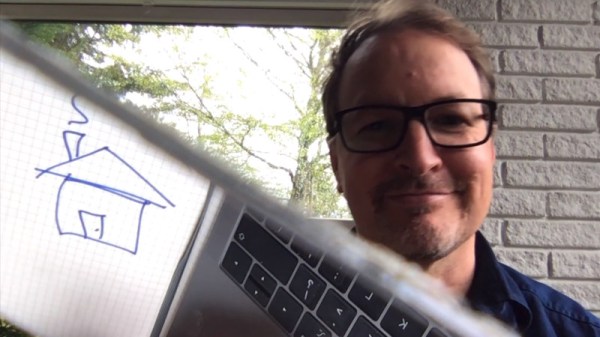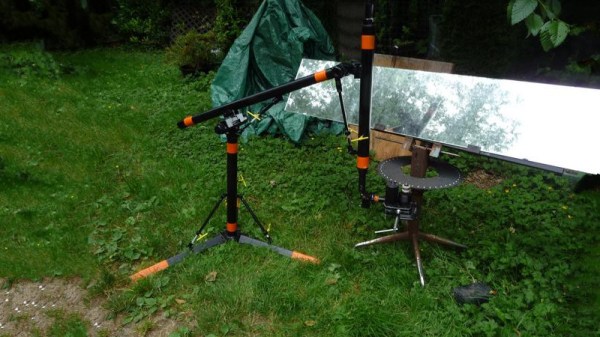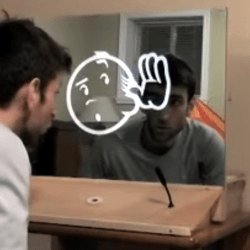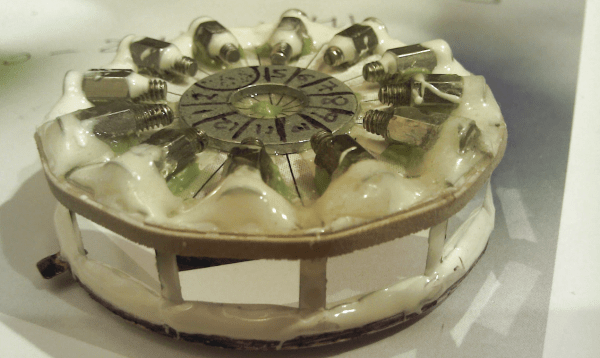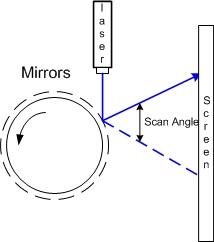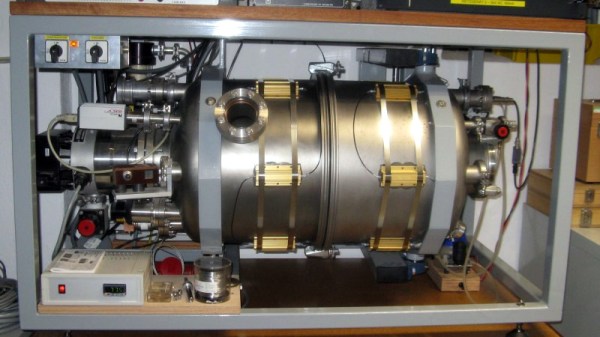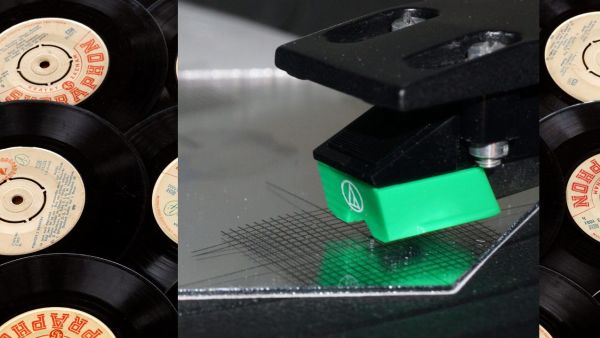Video calls are okay. While some advocate for the benefit of body language over a standard phone call, they remain an imperfect substitute for in-person interaction. [Amos] wanted to be able to demonstrate things better when on a video chat, so devised this simple solution for when he’s working with his hands.
The hack consists of a mirror attached to a clothespeg with a flexible piece of wire. This simple device can then be clipped to the screen of a laptop, and the mirror adjusted to allow the webcam to view the user’s desk. By positioning it correctly, the user can both show their desk and their face together, in split screen. It’s a great way to explain something while giving viewers a clear shot of your face and your hands at the same time.
It’s not exactly complicated, but a nifty hack that could prove useful to anyone trying to teach without having to muck about with complicated digital handwriting setups or multiple webcams. There’s a shortage at the moment, anyway. If you’re looking for a way to chat with your less tech savvy relatives, consider repurposing an old Android tablet. Video after the break.
Continue reading “An Easy Hack For Working With Your Hands On Video Calls”

